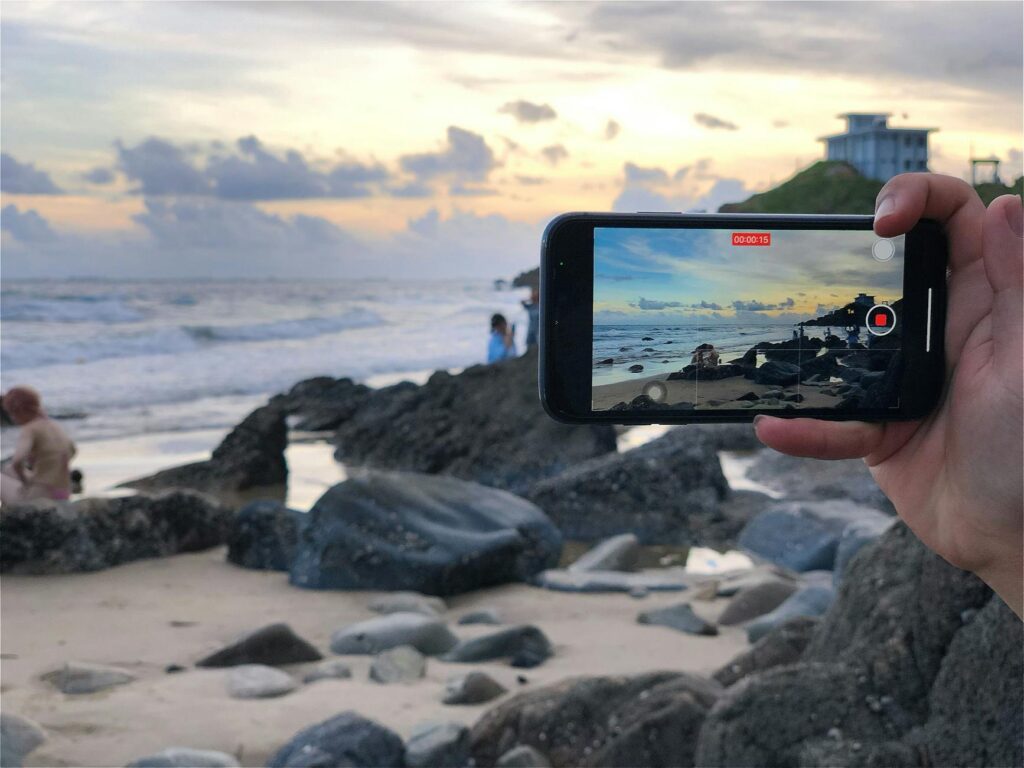What is digital boundary setting?

What is digital boundary setting?
In today’s fast-paced world, where digital interaction is woven into the fabric of our daily lives, setting boundaries has become crucial. From social media notifications to endless emails, the digital landscape can often feel overwhelming. It’s essential to establish digital boundaries to maintain a healthy balance and protect our well-being. By creating a clear distinction between our online and offline lives, we can enhance our productivity, mental health, and personal relationships.
Understanding Digital Boundary Setting
Digital boundary setting involves defining the limits we establish around our digital interactions. This could mean allocating specific times to check emails, limiting social media use, or deciding who can contact us through various platforms. As we spend increasing amounts of time online, having clear boundaries ensures that we take control of our digital experiences rather than allowing them to control us.
What Does Digital Boundary Setting Entail?
Digital boundary setting includes several key aspects:
-
Time Management: Allocating specific times for digital activities can help you stay focused on important tasks without constant distractions. For instance, you might decide to check emails only twice a day instead of constantly throughout the day.
-
Personal Space: Just as you wouldn’t want someone barging into your home uninvited, you should protect your personal digital space. This can involve adjusting your privacy settings on social media or being selective about who you share your contact information with.
-
Emotional Well-Being: Setting boundaries can also help protect your mental health. Limiting the amount of negative or toxic content you consume online can create a more positive digital environment.
The Importance of Digital Boundaries
Without clear digital boundaries, it becomes easy for boundaries between work and personal life to blur. This can lead to increased stress, burnout, and weakened relationships. When we allow our devices to dictate our time and attention, we risk losing our sense of self and autonomy. As highlighted by various sources, having digital boundaries can help reduce stress, anxiety, and depression while fostering a healthier work-life balance.
For instance, 10 Tips for Setting Boundaries Online outlines essential practices that can empower you to take control of your digital interactions.
Strategies for Effective Digital Boundary Setting
Establishing and maintaining digital boundaries isn’t always easy, but it’s achievable with the right strategies. Here are some practical tips to get started:
Identifying Your Limits
Recognizing your triggers is the first step in setting boundaries. Are there certain apps that drain your energy? Do you find yourself checking notifications during family dinners? By identifying these aspects, you can develop a clearer understanding of your personal boundaries.
Implementing Digital Detox Practices
Taking breaks from digital devices can be refreshing. Consider incorporating regular digital detoxes into your routine. This could mean dedicating one weekend a month to go offline entirely or simply setting aside an hour each evening to unplug. Engaging in activities away from screens can boost your creativity and well-being.
Communicating Your Boundaries
Once you’ve established your limits, it’s essential to communicate them clearly to others. Whether at work or home, let people know when you’re unavailable or when you prefer not to be disturbed. This could be as simple as setting an “out of office” message on your email or informing family members of your designated work hours.
Challenges in Maintaining Digital Boundaries
While setting boundaries is beneficial, it’s not without challenges. Here are some common obstacles you might face:
Dealing with External Pressures
Societal and work-related pressures can make it difficult to maintain your boundaries. If your workplace expects constant availability, it can be hard to stick to your limits. The key is to be assertive and remind yourself of the importance of your well-being.
Overcoming Internal Resistance
Setting boundaries can sometimes feel uncomfortable. You might experience guilt for saying “no” or fear of missing out on opportunities or connections. Acknowledging these feelings is the first step in overcoming them. Remember, it’s okay to prioritize your needs.
Conclusion and Call to Action
Digital boundary setting is essential for maintaining a healthy relationship with technology. By understanding your limits, implementing detox practices, and communicating effectively, you can create a more balanced digital life. Start today by reflecting on your current digital habits and identifying one small change you can make. Whether it’s reducing screen time during meals or setting specific times for checking emails, taking these steps will lead you towards a healthier digital lifestyle.
By setting and respecting your digital boundaries, you’ll unlock a more productive, fulfilling life. Embrace the power of boundaries, and take charge of your digital experiences.

Photo by Film Tranッ